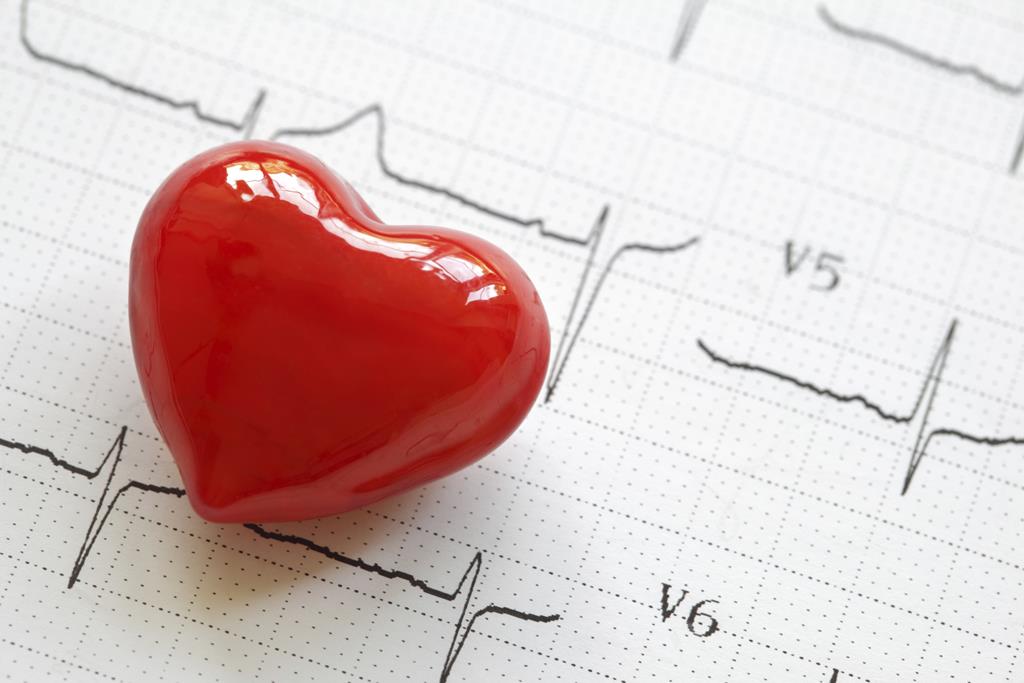Angina is caused by arthrosclerosis or hardening of the arteries. Risk factors include family history, genetics, smoking, sedentary lifestyle, high cholesterol diet and other underlying medical condition. Arteries are hardened because of accumulation of fats that are calcified and turned into plaque. This will block oxygen supply to the organs.
Symptoms of angina chest pain usually occur when one is stressed, anxious, had a strenuous activity, excited or is very depressed. It s felt as a sharp chest pain that usually lasts no longer than 15 minutes. When the pain becomes so severe, you are likely to be brought to the hospital.
There are several methods for the management of an angina attack. These include nitroglycerine patches, NSAIDs, analgesics and pain relievers. These drugs have more side effects so some people rather choose supplements or alternatives for their problems.
On whatever method you choose, you should always consult your doctor about that. This will help avoid complications and adverse reactions because of wrong dosage or self-prescription. He can also give you some advice regarding your therapy.
This heart damage is irreversible and often leads to surgical procedures because of the severe cases. In surgery, the plaque is cut and removed. In some procedures, a catheter is inserted in the heart to blow up the plaque. Whatever surgical procedure you chose, there is always a high risk for infection.
Types: This condition is classified into stable, unstable and variant angina.
Stable angina
The most widely recognized reason for this conditions is physical exertion. Oxygen rich blood can move through restricted arteries to reach the heart when the interest for oxygen is low, as at peaceful condition. Be that as it may, when you are climbing a slope or doing any relentless action, your heart needs more blood for appropriate working. Seriously narrowed arteries don’t permit sufficient stream of blood when your heart is performing all the more strongly to perform any movement and this triggers pain or discomfort in your chest.
Other causes of stable angina include:
- Emotional stress.
- Heavy meals.
- Exposure to severe cold or very hot temperature.
- Smoking.
Characteristics of stable angina:
- It develops when your heart needs to perform harder, like when you are climbing staircase or exercising.
- It can usually be predicted.
- The pain felt is usually similar to the previous types of chest pain that the patient has already experienced.
- The duration is short,
- Chest discomfort diminishes when a patient rest or utilize angina medication.
Unstable Angina
Blood clusters that absolutely or in part obstruct a conduit trigger unstable angina.
Symptoms of Unstable Angina:
- It may happen notwithstanding when a man is taking rest.
- It happens out of the blue.
- The torment is normally more extreme and keeps going moderately more than stable angina, as long as 30 minutes.
- The pain is not alleviated with rest or use of any angina medication.
Variant Angina
A spasm in a coronary artery leads to variant angina. Spasm causes the artery wall to narrow and tighten. Initially the flow of blood to the heart muscles slows down and eventually it ends leading to variant angina.
Features of Variant Angina:
- It normally trigger at rest condition.
- The situations are often severe.
- Instant treatment is needed to prevent further complications.
The most perceived symptoms include:
- Discomfort or pain in the center of the chest.
- Pain is often accompanied with sweating and shortness of breath.
- Feeling of tightness or squeezing in the chest.
- Feeling like a heavy weight has been placed on the chest.
Risk factors which could be prevented or altered are:
- Sedentary lifestyle – Have some light exercises every morning, such as walking, or taking your dog out in the backyard. Prevent activities that just require you to sit all day at home. You could also do some chores at home.
- Cigarette smoking and alcohol abuse – Prevent this habits or gradually reduce them to promote general body health.
- High cholesterol diet – Limit fats in your diet. Obese individuals are more prone to cardiovascular problems especially atherosclerosis which is the common result of angina.
Sourced from: NHLBI
Photo by Charlotte Astrid / CC by




